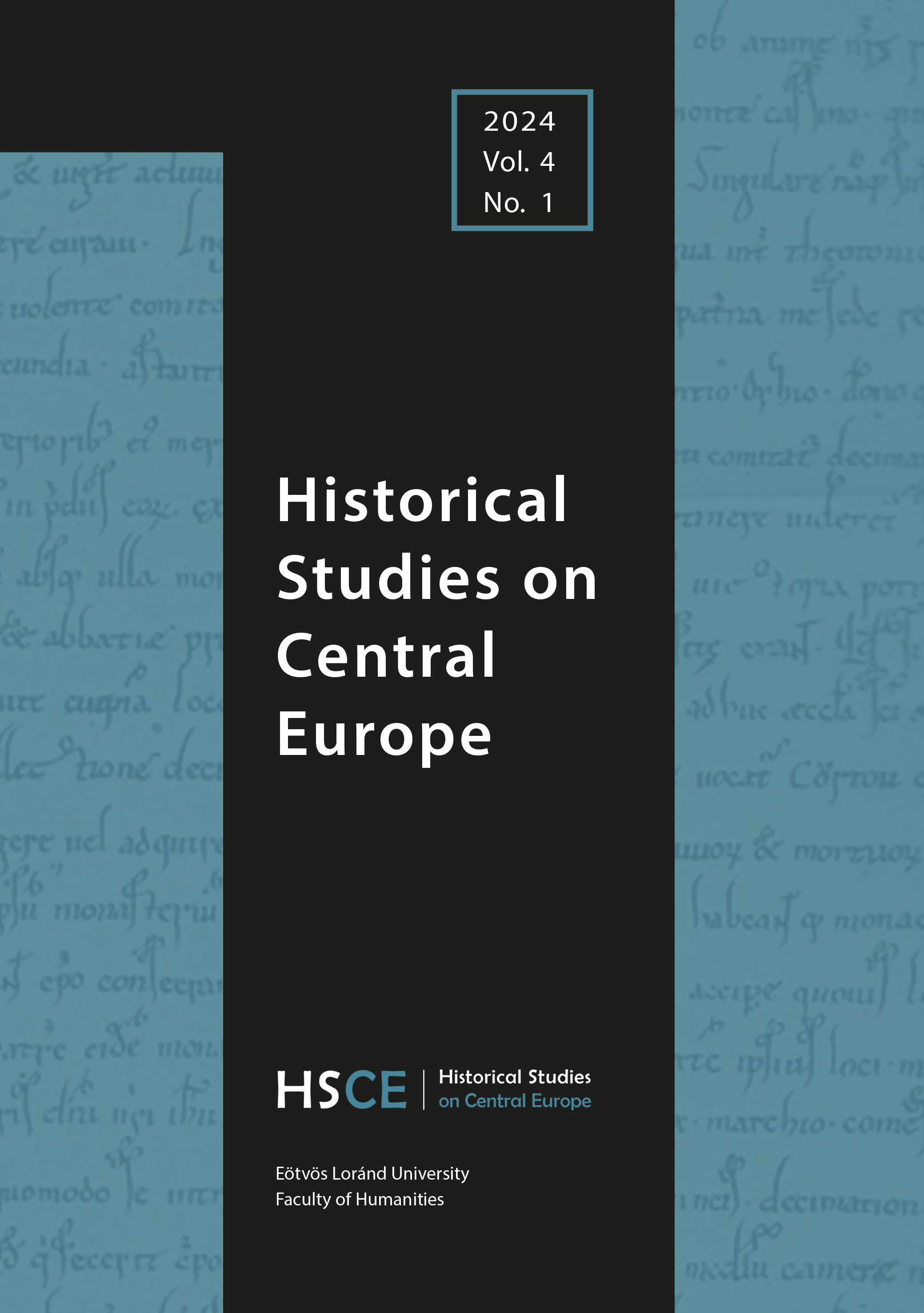Published 24-07-2024
Keywords
- Black Death,
- Disease history,
- environmental history,
- Kingdom of Hungary,
- charters
- chronicles,
- King Louis I the Great,
- Neapolitan campaign ...More
How to Cite
Copyright (c) 2024 András Vadas

This work is licensed under a Creative Commons Attribution-NonCommercial 4.0 International License.
Abstract
Western scholarship has studied the mid-fourteenth-century cataclysm of the Black Death for centuries. In contrast, due to the limited number of contemporary narrative sources, in East Central Europe, until recently historians discussed it only marginally. In the past decades, not independent of the emergence of new methods, such as archaeogenetics and palynology, and novel approaches to studying the Black Death such as climate and environmental history, scholars have increasingly turned to the analysis of the multiple waves of the second plague pandemic in this region. Recent studies have drawn attention to the apparent lack of data on the Black Death in the region while pointing to the potential role of the later waves, such as the pestis secunda and tercia, as well as later medieval and early modern recurrences of the epidemic in the historical demography of Bohemia, Poland, and Hungary. The paper provides an overview of the written evidence of the Black Death in Hungary and publishes in extenso some of the most important documentary evidence of the episodes of the epidemic in the Kingdom of Hungary. It argues that, unlike in the case of Bohemia and Poland, the first wave of the plague can be relatively well pursued by a critical analysis of the written evidence.


